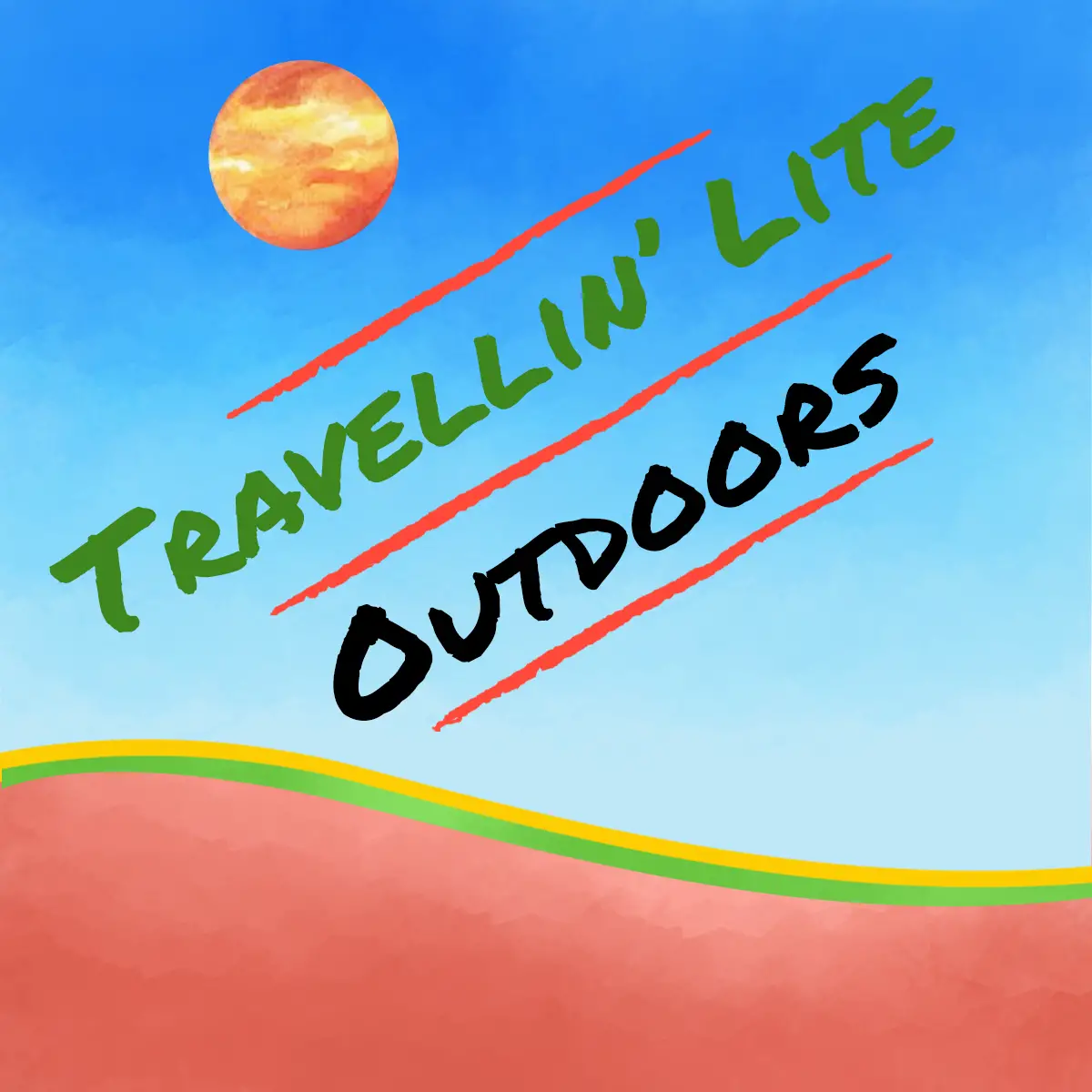Eco-friendly camping is being seen as increasingly important as more of us venture into the outdoors to enjoy the natural environment. Glamping and low-impact camping are ways of lessening this pressure. Each and everyone of us needs to think about how we as individuals can lessen our impact on our planet.
The term 'being loved to death' is what is happening to some our most beautiful natural areas, simply by the weight of numbers.
However, as prices increase and crowds compete in commercial van parks and campgrounds, we are seeking alternative, budget-friendly, simpler ways of exploring this great sunburnt country of ours. Many of us turning to camping or off-road RVs.
As with any form of human presence, it is important to become more aware of the choices we make and the actions we take in order to minimise our impact on the land. Whilst camping is a lighter way to travel, there is still a number of environmental-friendly steps we can take to help to protect and preserve our forests, our beaches, rivers, and our wide-open spaces.
Seven Easy Eco-Friendly Camping Tips
You don’t need to make big changes to move towards eco-friendly camping. It’s more about a change in mindset. Thinking a little bit more about the consequences of our presence in the environment, and making small shifts to soften that presence. The following 7 tips are to give you an easy way to start.
Seek out second-hand equipment
There is no need to go out and buy brand new state-of-the-art equipment or fancy gadgets when it comes to camping. This is especially true if you just want to try out the eco-friendly camping experience or are new to the game.
Instead, why not loan equipment from a friend or buy second-hand goods. People are often selling items that they have only used once or twice on websites like Gumtree or on their local Facebook ‘buy-swap and sell’ pages. You will save a decent whack of money, and reduce the number of unnecessary items making landfill.
Get clever with cooking
Camping is all about embracing simplicity by cooking fresh food over a crackling fire. But the pre-camp-shop can often include a lot of packaging. I prefer to make a simple list of recipes and head to the local farmer’s markets.
Buying local, in-season produce uses less packaging and you are supporting the local community. You can also save a bit of coin too. Besides being more environmentally-friendly, less packaging means less rubbish for you to deal with later on.
You don’t need to spend a small fortune on plastic plates and utensils. Instead, you can:
- Bring your own crockery and utensils from home
- Opt for Tupperware containers instead of plastic wrap or foil
- Buy a reusable drink dispenser and fill it up at home, rather than buying plastic bottles of water
If weight is a consideration, look for collapsible bowls and mugs, all-in-one cutlery and investigate reusable beeswax wraps and snack packs.
And to get rid of your food – simply dig a little hole, drop the food in it, fill it with leaves and cover it with dirt. It will bio-degrade on its own.
Organise your waste and take everything with you
We usually carry two bins. One for landfill rubbish, the other for recycling. This avoids cross-contamination and makes it easier to empty into your bins at home or at your next town. Don’t forget to place any food scraps out of reach from native wildlife. And if you want to be a champion eco-camper, pick up any rubbish that others may have left behind too!
The bane of my life when remote camping is to come to a beautiful spot and it's littered with empty stubbies and beer cans. People, it's not hard - you carried them in full, they're lighter when empty so take 'em back out.
Non-toxic and keep it natural
Camping is amazing. No doubt about it. But the chemicals in our everyday bug sprays, sunscreens, washing up liquids and soaps are harmful to our environment and river ecosystems.
A great alternative is to bring a biodegradable camping soap. Or keep things simple with an all-in-one natural soap that will wash your hair, body, clothes, and dishes. Natural cleaning remedies like baking soda and lemon, are also a great budget-friendly alternative.
If you are using a biodegradable soap, it is best to bury the lot in a hole when you are finished with it. It will help break down the soap faster. Also, it is best not to shampoo or dump soapy dishwater into any water source.
Know how to go
These days in Australia many campgrounds (including free camps) have amenities. But what happens when nature calls when you are camping ‘off-the-beaten-track’? From an eco-perspective, it is important to know where and how to dispose of human waste.
You will need these three things: toilet paper, a paper bag, and a trowel or small shovel.
It is pretty simple. You dig a hole with the trowel, do what you need to do, and cover it up so it breaks down as quickly as possible. Place your toilet paper in the paper bag for disposal later on. Some people do bury their toilet paper, but it is best practice to take it with you, so you truly leave ‘no trace’.
Stay on the path
In Australia, we are blessed to have thousands of national parks and conservation reserves, ranging from rainforests and rugged bush to coastal landscapes and outback deserts. These national parks are dedicated to the preservation of some of our most precious eco-systems. And we are lucky to have campsites in these grounds that allow us to experience nature in all its glory.
But when you stray off the designated campsites, marked trails, and boardwalks, you risk crushing plants, disrupting the local wildlife and contributing to soil erosion in the area. So keep yourself and the environment safe – stick to the path!
Leave only footprints, take only pictures
This is an easy one.
The core of 'leave only footprints, take only pictures' is the idea that no one should know you have been there after you have gone.
This means you leave the surrounding area as pristine as possible and don’t bring any keepsakes home with you. This includes no litter, no smouldering campfires, no ripped up grass, crushed vegetation or re-positioned rocks. It also means staying on the marked trail, never picking plant life, flowers or berries and never harming or disturbing wildlife – endangered or not.
Happy eco-friendly camping!
Found this post helpful, then why not Pin it to your favourite “Camping Tips | Gear | Guides” board.

Further Reading and Resources
Adder Rock Camping – North Stradbroke Island




